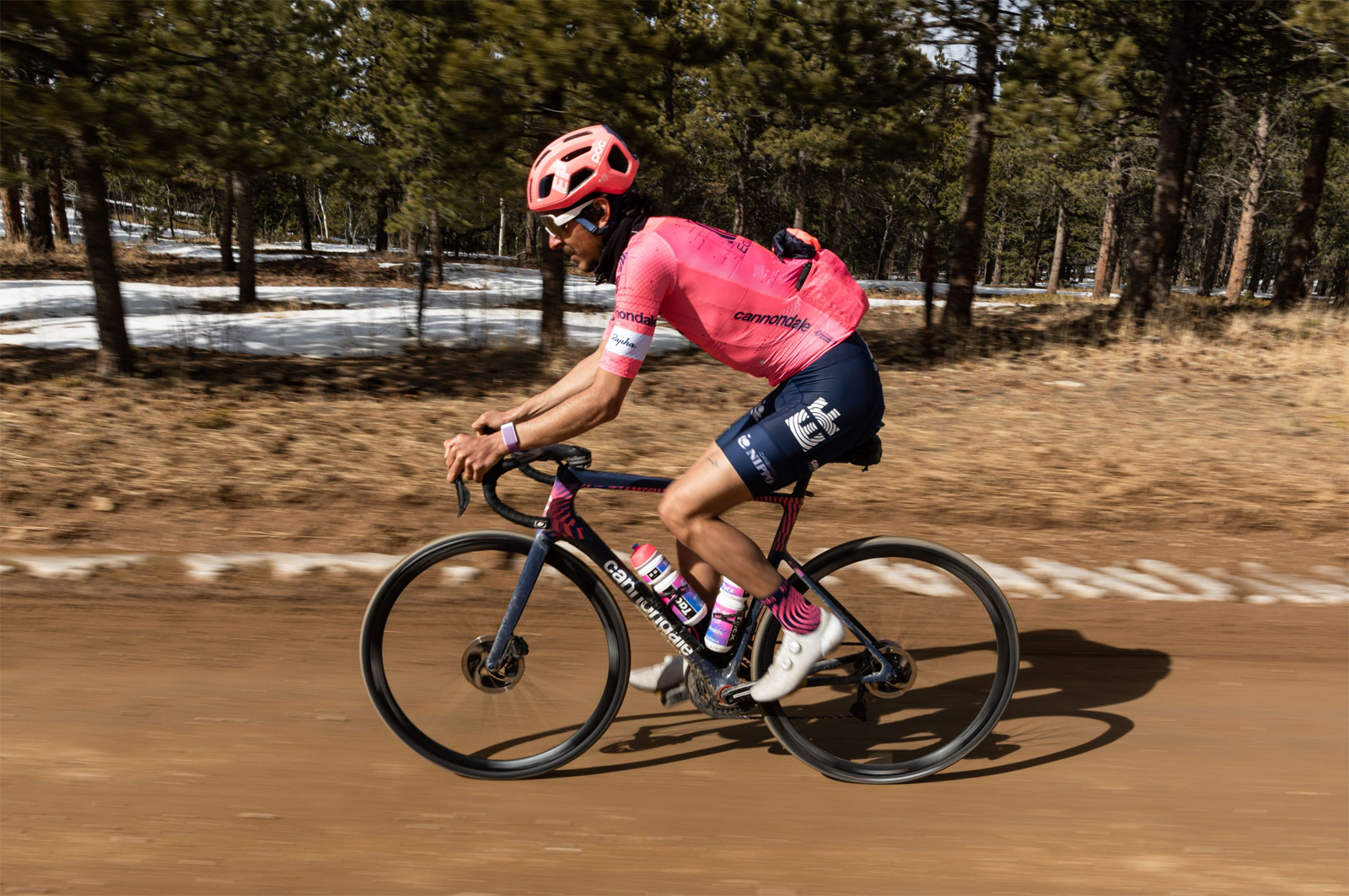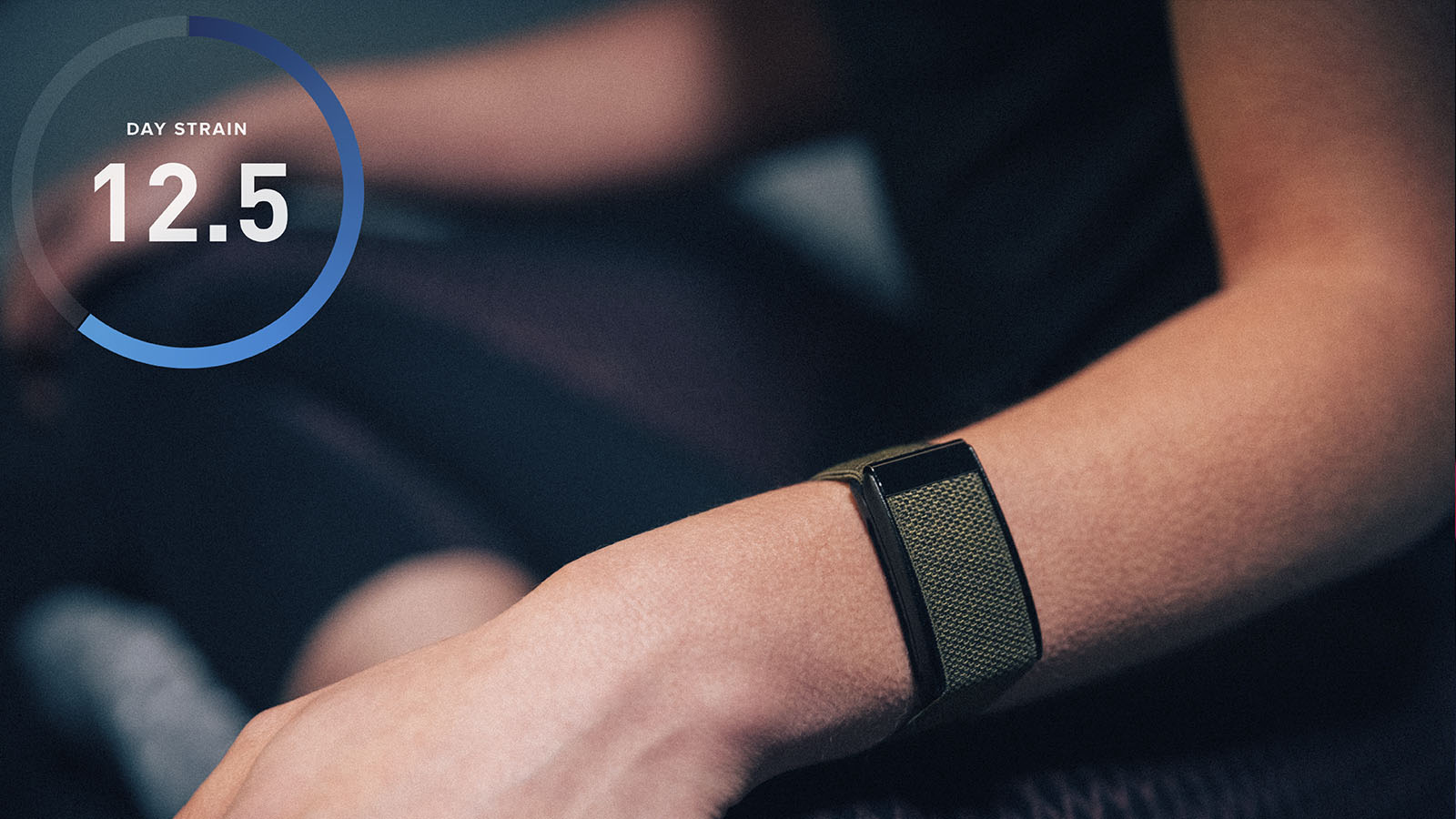How quickly do you recover when you taper for a race?
How WHOOP can help you optimise your recovery so you get faster
With high-quality training plans available just about everywhere — sometimes even for free — it’s never been easier to add a few watts to your FTP, climb faster or sharpen that devastating kick for your sprint.
Whether you’re following a plan you find on TrainerRoad, The Sufferfest or Zwift, or one downloaded from TrainingPeaks, these provide the prescriptive structure needed to stress your body to the point it adapts and you get faster and stronger.
Many training plans are based around TSS or training stress score, a metric that allows endurance athletes to quantify intensity, duration, and frequency of workouts — essentially putting a number to how hard you’ve worked out.
Within Training Peaks, TSS is part of the wider Performance Management Chart, which also includes Chronic Training Load (CTL) which correlates to fitness and Acute Training Load (ATL) which correlates to fatigue.
With this system the metrics that rate the balance between your fitness and fatigue, are weighted averages — CTL is rolling 42-day average of your daily TSS, while ATL is a rolling average of your 7-day TSS — These don’t take into account what’s happening inside your body, how well you’re sleeping, eating, or whether you had pulled an all-nighter at the office.
Normally this is where a coach would step in to interpret these metrics, and using what’s happening in your life and how you're feeling to adapt your training plan. The trouble is, pre-set training plans can’t ask you how you're feeling, leaving it up to you the rider to determine whether or not you’re up to the task of completing a workout.
Left to our own devices, most people struggle to find that balance of optimal training, either overtraining and getting injured or sick, or leaving unrealised performance gains on the table.
Enter WHOOP.
WHOOP is a sleek, unobtrusive wrist-worn fitness tracker that can offer insight into overreaching and improved fitness for the athlete who is looking to get faster and wants to get a look into what their body is telling them.
Measuring the response, not load

Every day regardless, of whether you ride or not, the WHOOP app gives you a strain score based on your heart rate. This takes into account walking the dog, grocery shopping, and even that stressful phone call with your boss — the WHOOP strap on your wrist is quietly tabulating it all.
WHOOP’s strain score is measured from 0-21 and quantifies the cardiovascular load experienced over the day. Through the Strain Coach in the app, WHOOP will recommend your optimal daily strain, to achieve peak fitness gains, based on your recovery from the night before.
WHOOP’s system works by measuring the response to that load, rather than simply measuring the load itself.

If two riders with the same FTP do the same workout — say someone who is a sprinter and a climber — they will have a slightly different physiological response to the intervals, especially if you’re incorporating hill repeats or maximal sprint efforts, and would likely have a slightly different strain score at the end of the workout.
The next morning, the app will give you a recovery score, and tabulate your resting heart rate, and heart rate variability (HRV). HRV offers an insight into how your nervous system is allocating resources and measures the irregularity in the time between your heartbeats. In a nutshell, it is a measure of whether your sympathetic (active) or parasympathetic (recovering) nervous system are balanced, or if one side has taken the reins because you’re tired.
These metrics, in combination with how you’ve slept, determine how ready you are to take on the strain of that day. As you wear the band, you will learn how your body responds to certain things and can use it to identify trends to help you peak for a race or adjust your training week so you attempt your hardest workout on a day with a green recovery score and maybe have a rest day when you wake up in the red.

Your body only has so many resources to allocate at a given time. These are split between repairing damage from the previous day, keeping up with current demands — and there is a hierarchy of need. If you outrun your available resources, your body won’t be able to replenish them completely in time for your next session. This accumulated strain is what creates adaptation, which is why you get fitter, but push too far and you’ll get sick or injured.
Even when keeping track of training load, you’re still largely relying on feel to determine how much capacity your body has in the gas tank for a given activity. WHOOP doesn't discriminate from a stress derived bike ride or presentation at work, and helps you contextualize how the rest of your life affects your training.
For more information head over to WHOOP’s website, and get a free month subscription with Cyclingnews.
If you would like to find out more about the featured eRacing software, head over to Zwift today.
Get The Leadout Newsletter
The latest race content, interviews, features, reviews and expert buying guides, direct to your inbox!
Cyclingnews is the world's leader in English-language coverage of professional cycling. Started in 1995 by University of Newcastle professor Bill Mitchell, the site was one of the first to provide breaking news and results over the internet in English. The site was purchased by Knapp Communications in 1999, and owner Gerard Knapp built it into the definitive voice of pro cycling. Since then, major publishing house Future PLC has owned the site and expanded it to include top features, news, results, photos and tech reporting. The site continues to be the most comprehensive and authoritative English voice in professional cycling.
